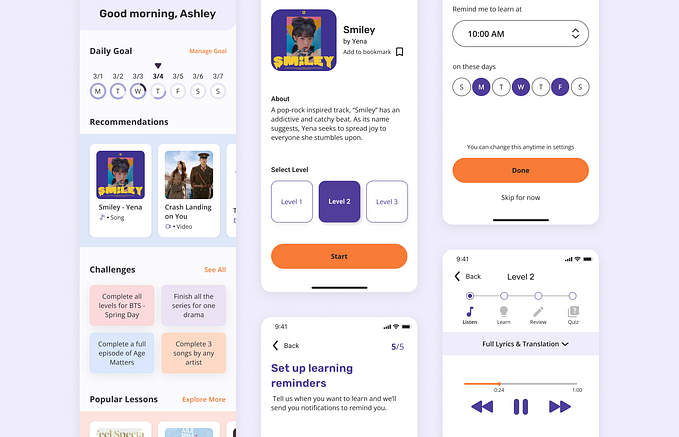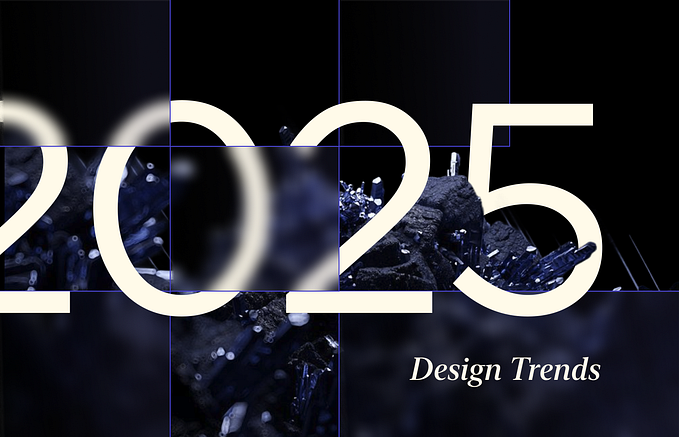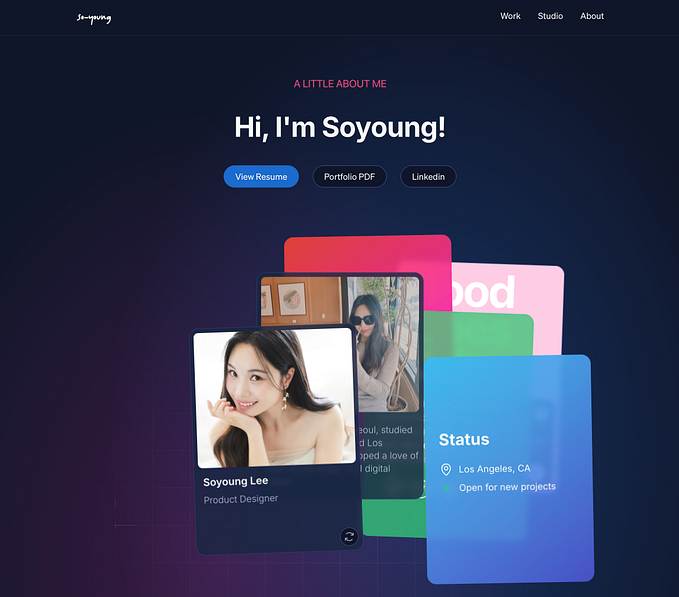
UX SERIES
The mystery of Enterprise UX
It’s overwhelming and underwhelming at the same time
It was the first time to design an experience for an enterprise use case. And, this was the first time, I have had all types of overwhelmingness, and excitement at the same time. It was like looking at an Aircraft’s dashboard! 🤯 These users deal with sooooo many functions, data points, visualizations, all at the same time! I was a Product design intern at OYO. And, I was clueless even before starting the project XXD.
In my case, the Enterprise product was an internal software that is designed to increase the productivity of the employees with their daily workflow, and save costs. During previous days, these internal products were not given much importance in terms of UX, design, and accessibility. As time progressed, companies are also investing in their internal tools to get maximum results.
Some of the reasons why most of the internal tools are always with bad UX is either the software was built during the initial days of the company or when the software was entirely built with the engineering team alone.
Usually, such projects land into the laps of a designer for a Redesign!😶 which needs a lot of time and patience to understand the depth of the software or to overhaul it, get to know the business aspects and KPIs to understand the impact. Since it’s already built with some logic, it’s usually hard for designers to understand the complex information architecture and functionalities.
And, you would be like “Aaaand, it’s the right time to swoop into user research” which is even more complex. Most of the users are trained to work with the existing software, so it is usually hard for the users to uncover their pain points precisely to you. Unless the particular person has previously worked with enterprise software, they might not be able to give you any useful critique or feedback (they don’t have any benchmark to compare 😕)
It’s like you cannot tell whether or not this is the best caviar you’ve ever had until you have tried the best caviar out there.
I then found Ethnographic studies to be a perfect match for this scenario…
Ethnographic studies
I spent a couple of weeks to understand the target users and some more stuff like,
- Their mental states and mental models while they are working.
- The types of software and the workflows performed to accomplish a task.
- Different kinds of communication that took place while they work, in terms of assistance, transfer of shifts, and more.
- Average concentration time to know how many tasks they can complete in one stretch of a time-period.
- Know about their usage behaviors while they work, and also their daily mobile activities.
And, oh! Make sure to collect as many non-verbal cues, user behavior, and user workflows by continuously monitoring your target group to find opportunities & pain points to fix. When you interview them, you may get a biased opinion instead of discovering the actual problem. So, keep your questions open-ended and be open to take any kind of feedback.
One major anchor which I personally experienced while designing enterprise experience is, there are so many variables that operate your project! MEANING → There are so many stakeholders whom you’ll have to sell your design to eventually become a splendid salesman instead of a designer. (I totally accept for a designer to understand and comprehend business needs, and be able to reflect the same in their design. That does not mean spending most of their time in participating in stupid, meaning-less meetings for hours and hours, finally getting no useful action item).
If your Enterprise UX team does not have a dedicated Design System, UX frameworks, and practices, make sure you initiate to slowly have these things in your design process. Because the B2C processes might not work for all those information-heavy B2B products.
And, hey! If you have a chance to work with an Enterprise team at the beginning of your career, grab that! You will have a ton of things to learn and explore. You will surely switch to a new job if that stuff does not interest you but you must give it a try at least once! I’m sure, you will experience UX to an unbelievable extent! One thing, which I noticed during my experience is that Product Managers are slowly trying to capture the section of User Research from Designers, be aware of that! You as a designer will not understand the depth of the product and its problems unless you do your research thoroughly. So, be nice to your PMs as well as try to keep the user research under your territory, it is necessary.
In recent times, I have noticed an inefficient way of working across interdisciplinary teams. It’s the designer and the Product Manager who does the thinking, brainstorming, and collaboration (without any developer’s inputs or thoughts). And, the Product Manager approves it (sometimes with a biased opinion) for further development. Now, the design part of the project is kind of done. So, the designer moves on to the next project in the exact time frame when the engineering team gets assigned to this project. And, eventually, there will be a plethora of doubts and questions from the engineering team (Ex. what happens when the user reaches ‘state X’, there’s no visual or the user flow designed for that). This is where the mystery happens, some of the devs might be reluctant to contact the designer for every tiny question or doubt. This makes the devs push themselves to code the product with their own imagination & thoughts eventually making the product look different from the designer’s perspective.
Essential checklist
Here’s a list of things which I wish I knew before beginning the enterprise project,
- Get to know your target users really well. Analyze their working style, preferred shortcuts, software hacks to craft a perfect experience for them.
- Get to know all the business acronyms and keywords they use as soon as possible, this will help you know your user’s problem better and come up with better solutions.
- For the users of these Enterprise products, time is the most important asset! To make sure they don't lose that, you’ll have to design an experience which makes their job as fast as possible.
- Functionality over beautiful interfaces, there’s always a separate training program for your users before they start using the piece of software you designed. Hence, give priority to the number of tasks that can be achieved in a single screen instead of focusing on core visual design rules.
I’m not saying, you can design a terrible interface and that will just do fine. But, keep in mind to find the sweet spot between functionality & visuals ;) - You might have to break some of the legacy design patterns in these kinds of projects to provide the best functionality and accessibility to your users.
- The game is all about functionality and packing as much useful data as possible on one screen.
- Use colors, spacing, and typography to their highest extent to display information in a more perceivable manner.
- Always aim for scalability in your solution! You may never know when the company would like to add new features or expand its user group.
- Give your top-most priority to lay-down a nice information architecture of your project. This will be your best friend at difficult times when you get lost in the project.
- Keep a cumulative record of all the feedback and comments you receive while testing your product and internal design review. This will help you remember all the improvements & fixes for your project. Because it’s easy to lose track of it as there are a ton of widgets and components in an enterprise project.











